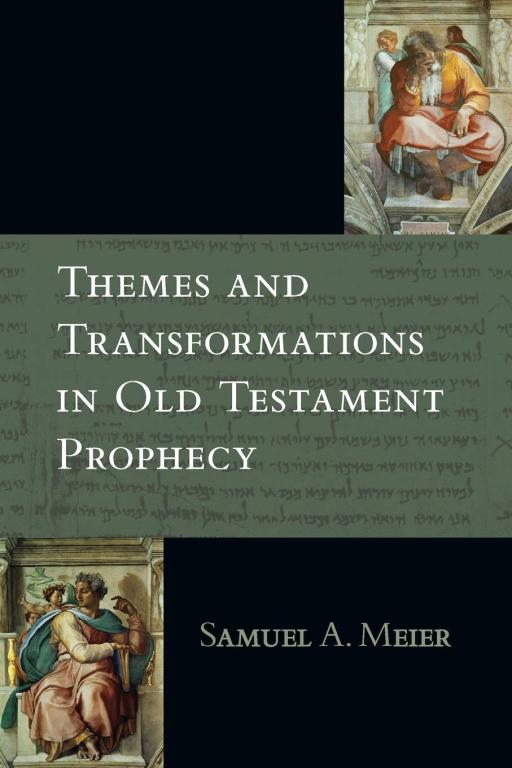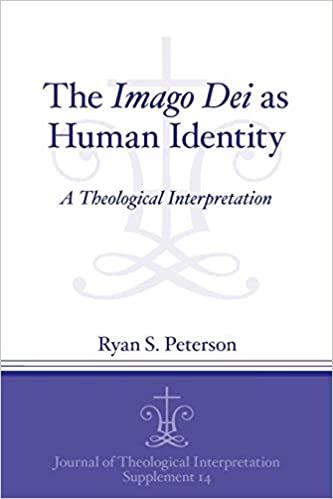In Part 1 we determined the setting for Cain and Abel’s offerings as the Gate of Eden itself, where mankind would have come to bring their gifts to God. If you haven’t already, you can check out that post here.
Next, let’s dig into the profiles of the characters in our case.

Two of a Kind
The two major players in our story are, of course, Cain and Abel, the sons of Adam and Eve. We know they are brothers, and we know Cain is the elder of the two. What more can we learn? I will just note that I am leaving aside all fanciful theories of Cain being the biological seed of Satan, though he certainly shows himself to be the spiritual seed of the serpent.
First, here’s an interesting comparison:
Now Adam knew Eve his wife, and she conceived and bore Cain, saying, “I have acquired a man from Yahweh.” And again, she bore his brother Abel.
Genesis 4:1-2a
. . . and Rebekah his wife conceived. The children struggled together within her, and she said, “If it is thus, why is this happening to me?” So she went to inquire of the LORD. And the LORD said to her,
“Two nations are in your womb,
and two peoples from within you shall be divided;
the one shall be stronger than the other,
the older shall serve the younger.”Genesis 25:21-23
cf. Romans 9:10, which Doug Moo in his excellent commentary on Romans translates: “. . . Rebecca, when she conceived children in one act of intercourse with Isaac, our ancestor . . .” (emphasis mine)
There are many commentators who simply dismiss, or do not even mention, the possibility that Cain and Abel may have been twins, but I think the idea is worth more consideration. There is but one act of Adam “knowing” Eve, and but one instance of conception mentioned in the first verses of Genesis 4, yet there are two births. This is not conclusive, but it is suggestive. The text does not explicitly tell us how soon Abel’s birth followed Cain’s, but the language “again she bore” could indicate a quick succession. When we combine this with the hints that there is more than a mere family of four in the picture (which we will consider shortly), the possibility that Cain and Abel are twins becomes more intriguing.
Whether or not they were twins, the closeness of their births to one another resembles twin pairs like Jacob and Esau or Perez and Zerah (Genesis 28:27-30). The twin dynamic found in those pairs also appears with Cain and Abel, with the younger becoming superior to the elder. In the case of Jacob and Esau, God tells Rebecca before their birth that the elder will serve the younger, but this does not work itself out until Isaac gives the blessing to Jacob. In the case of Perez and Zerah, the reversal occurs at the birth itself. Zerah puts his hand forth from the womb first, but Perez immediately supplants him! The significance of these similarities is that Scripture likewise presents Cain and Abel almost as equals, with Cain holding only a slight age advantage.
Cain becomes a worker of the ground, employed in carrying out one of the commandments of God to “serve” the ground. Abel is the first shepherd, and it would seem from the text that sheep is his only livestock—general animal husbandry is not introduced until Cain’s descendant Jabal (Genesis 4:20). Both employments are perfectly legitimate; there is no reason here that God should favor one over the other.
A Growing Family
How old are the brothers? Seth is born to Eve “in replacement of Abel” when Adam is 130 years old. We may suppose that Seth was therefore born shortly after Abel’s murder.
Is there any more reason to believe there are other people living by now? Absolutely. Immediately after he is expelled from the land of Eden, Cain settles in Nod. He conceives a son with his wife and dedicates the first city by the name of his son, Enoch. Where Cain got his wife has long been a standard question that arises naturally from the story. The most obvious answer is if Eve is “the mother of all living,” then Cain’s wife must be a sister or other close relative. There must, therefore, have been some growing community in the Adamic clan at the time that Cain left for Nod.
It seems unlikely that Eve bore Cain and Abel in quick succession and then left off bearing children for some 100 years until Seth. It is more likely that Adam and Eve continued to have children, both sons and daughters, after the two eldest were born. Furthermore, when God passes judgment on Cain, Cain is worried that “everyone who finds me will kill me.” He is evidently worried not only about Adam killing him, but “everyone,” which implies that there are men other than Adam who might take vengeance on him for Abel’s blood.
Why then the significance of Seth after Abel’s death and Cain’s expulsion? Why not simply pass the birthright to the next son in line? The best answer I have is that all the men (and likely most of the women) of the Adamic clan departed Eden with Cain to build his city of Enoch.
The chronology in our story also supports the picture that there was an Adamic clan community at the time of the crime. . . .
















